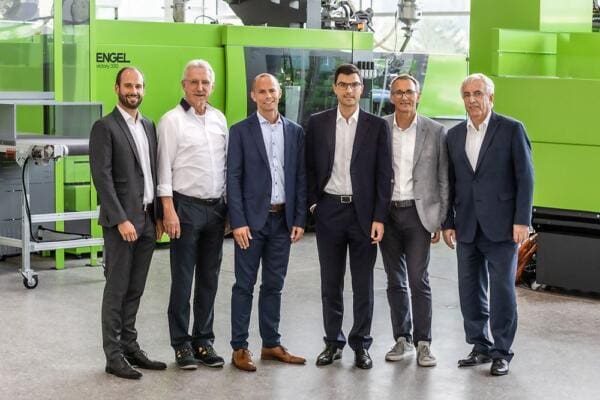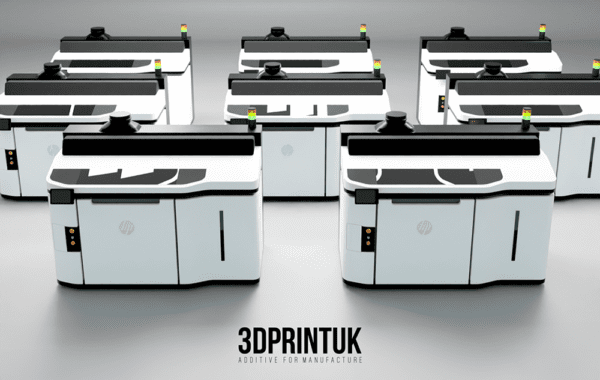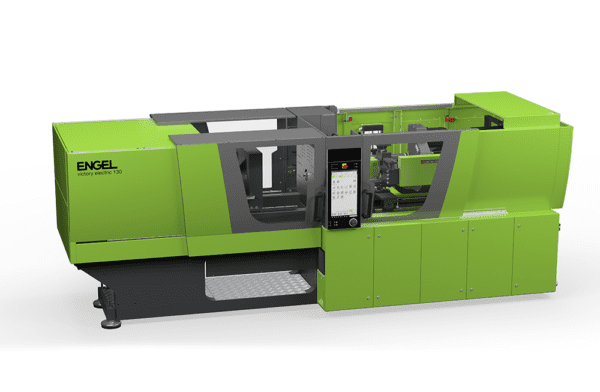
E-Temp Temperature Control Units in Thousands of Applications
With over 1000 installed units, ENGEL’s e-temp temperature control units are very successfully established in the injection moulding sector. To mark the milestone, ENGEL announces further cooperation with HB-Therm.
Mould temperature control has a significant influence on the efficiency and quality of the injection moulding process. This is why ENGEL has been devoting special attention to this topic in its development for many years. With its electronic temperature control water manifold systems flomo and e-flomo, ENGEL paved the way for higher temperature stability and process reliability in temperature control. This was supplemented with the iQ flow control software and, with e-temp, finally an own series of temperature control units. The e-temp control units are produced by HB-Therm in St. Gallen, Switzerland, one of the world’s leading manufacturers of temperature control units. “HB-Therm excels with outstanding quality and is, therefore, a perfect match for ENGEL. At the same time, HB-Therm was ready to use OPC UA for the connection of temperature control units together with us,” emphasises Dr Stefan Engleder, CEO of the ENGEL Group. “The result is outstanding customer benefit. e-temp is the only temperature control unit on the market whose pump speed can be automatically regulated on-demand according to current measurement data from the injection moulding machine.” ENGEL provides a one-stop integrated temperature control solution and is the central point of contact for its customers in both sales and service.
Reducing power consumption and CO2 emissions
The measured values determined by the e-flomo temperature control water manifold are the control basis. With the iQ flow control software developed by ENGEL, e-flomo and e-temp merge into a single unit in the CC300 control of the ENGEL injection moulding machine. This allows iQ flow control to dynamically control the flow rates in the individual manifold circuits based on the temperature differences and to automatically adjust the pump speed of e-temp according to demand. ENGEL’s networked temperature control solution thus combines maximum temperature stability with maximum productivity and energy efficiency.
An example from the field of medical technology illustrates the potentially high energy savings. The integrated ENGEL solution helped the processor to reduce the energy consumption required for mould temperature control in a production cell running virtually round-the-clock from 4.25 kWh to 1.31 kWh. The production cell works with four e-temp temperature control units with flow temperatures of 30°C each. The company now saves about 25,000 kWh of electricity per year and thus more than 12 tons of CO2. If a CO2 tax is levied, the integrated temperature control will provide multiple cost savings.

Establishing OPC UA further as the communication standard
ENGEL and HB-Therm plan to continue cooperation in the field of mould temperature control. Next, to the continuous further development of the e-temp temperature control units, the focus is on even higher energy efficiency as well as the further digitalisation and networking of the temperature control process. One of the topics is the communication between the systems. ENGEL and HB-Therm have jointly promoted the Euromap 82.1 recommendation for temperature control units, which was released at the beginning of this year. They will continue to work to establish OPC UA as the communication standard in the plastics industry.






